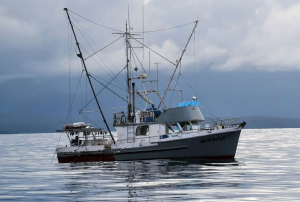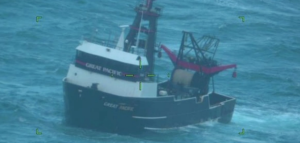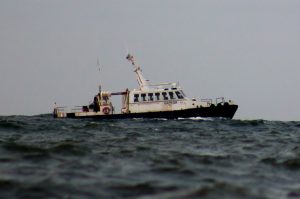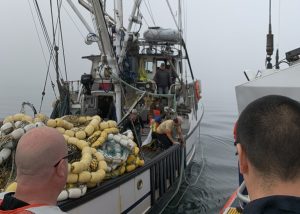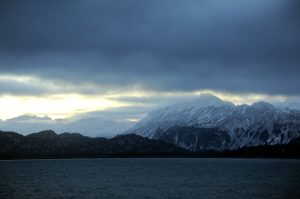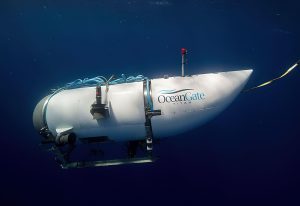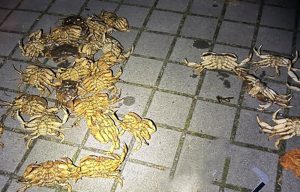Fatigue Among Maritime Workers Presents a Significant Safety Concern at Sea
 When most people think about dangerous jobs, they picture dramatic accidents such as explosions, falls, or machinery malfunctions. However, a significant yet often overlooked risk affecting America’s 400,000 maritime workers is chronic fatigue. This silent hazard can undermine safety across commercial fishing vessels, cargo ships, offshore platforms, and seafood processing facilities, contributing to an industry fatality rate nearly five times higher than the national average.
When most people think about dangerous jobs, they picture dramatic accidents such as explosions, falls, or machinery malfunctions. However, a significant yet often overlooked risk affecting America’s 400,000 maritime workers is chronic fatigue. This silent hazard can undermine safety across commercial fishing vessels, cargo ships, offshore platforms, and seafood processing facilities, contributing to an industry fatality rate nearly five times higher than the national average.
The maritime industry operates within unique and challenging environments. Unlike land based staff who typically complete their shifts and then go home, maritime workers often reside at their workplace for long stretches, sometimes lasting weeks or even months. The overlap of work and personal life can lead to ongoing fatigue that builds up over time. According to the National Institute for Occupational Safety and Health (NIOSH), Alaska’s seafood processing workers often face extremely long shifts of 12 to 18 hours, frequently working for weeks at a time without significant breaks.
What makes maritime fatigue especially dangerous is how it intersects with the industry’s inherent hazards. Commercial fishing consistently ranks among America’s deadliest professions. When you layer sleep deprivation onto already treacherous conditions involving heavy machinery, unpredictable weather, and physically demanding labor, the consequences can be catastrophic.
 Maritime Injury Law Blog
Maritime Injury Law Blog


